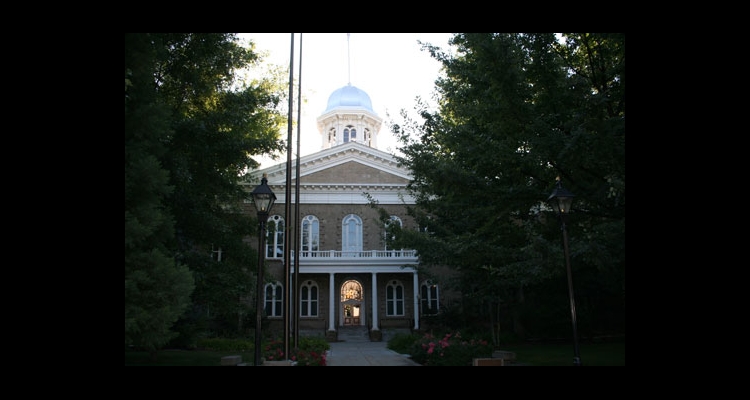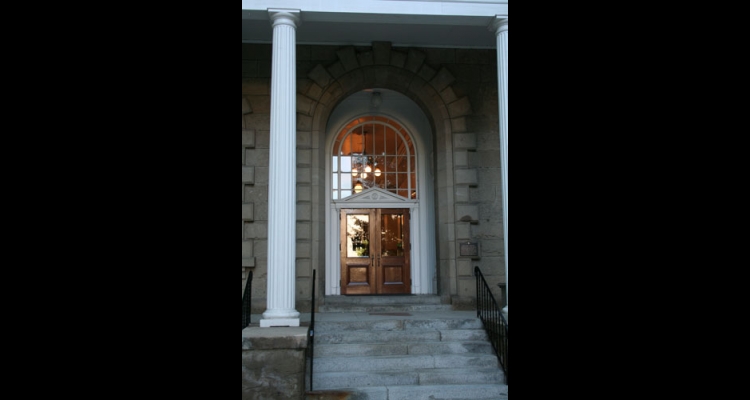None of These Candidates
In 1975, Nevada launched an innovation in elections when it became the first state to offer a "none of these candidates" line on the ballot, popularly known as "none of the above." Assemblyman Don Mello of Washoe County sponsored the legislation to create the ballot option. As it was approved, it was nonbinding, and it carefully excluded legislative candidates by applying only to statewide races.
Whatever its intent, the option has been a lesson in unintended consequences. It is often described as a way for voters to register protest, but it has been the incumbent's best friend. Advocates regard it as a way to boost voter interest and turnout, but Nevada has experienced a nearly uninterrupted decline in turnout since its creation.
The first victory for the "none" option came in the 1976 Republican primary for Nevada's only seat in the U.S. House of Representatives. The new ballot line outpolled the two human contenders with "none of these candidates" receiving 16,097 votes to Walden Earhart's 9,831 votes, followed by 8,097 cast for Dart Anthony.
The non-binding nature of the ballot option was immediately demonstrated; Earhart, rejected by the voters, nevertheless won the nomination. The principal effect was to cripple his candidacy against incumbent Democrat Jim Santini in the general election.
As the years passed, the "none" option has generally been most successful in primary elections and uncontested races, in which votes can most safely be cast without concern for outcome. No general election candidate has yet suffered the humiliation of being elected to an office while losing to "none of these candidates."
As its impact became clearer, protest candidates began to realize it was draining votes from them. The late Dan Becan, who chaired the Nevada Libertarian Party and was his party's standard bearer in numerous races, opposed the option and believed it should be repealed. Conversely, there have been calls to make "none of these candidates" binding, but it raises serious policy questions, including the costly one of having to hold additional elections.
The "none" option has also affected candidates with serious chances of victory. For example, U.S. Senator Harry Reid won reelection in 1998 by 428 votes over then-Representative John Ensign, while "none" drew 7,749. Darrel Daines, Nevada's long time controller, was reelected in 1994 by 5,647 votes while "none" siphoned off 24,470 votes.
The ballot alternative often attracts large votes in races where the public knows little about the candidates or the office being sought, for example, the Nevada Supreme Court. Those races do not provide great support for the idea that the "none" line gives voters a reason to participate. In a 2002 supreme court race between William Maupin and Don Chairez, there were eleven percent fewer votes cast than in the governor's race even though voters had the "none" option available to them.
The Nevada ballot option has drawn a lot of attention in the national press, much of it poorly informed. Although "none" is non-binding, pundits have warned that "none of these candidates" might be elected. The option (in binding form) has been endorsed by the Nation magazine and columnist Ellen Goodman, both of whom pointed to Nevada's experience with it.
There has been legislation to repeal the option in Nevada, but those measures failed to pass. In California, meanwhile, voters rejected, by a two to one margin, a 2000 ballot measure that would have created a "none" option in that state.
Article Locations
Related Articles
None at this time.
Further Reading
None at this time.

